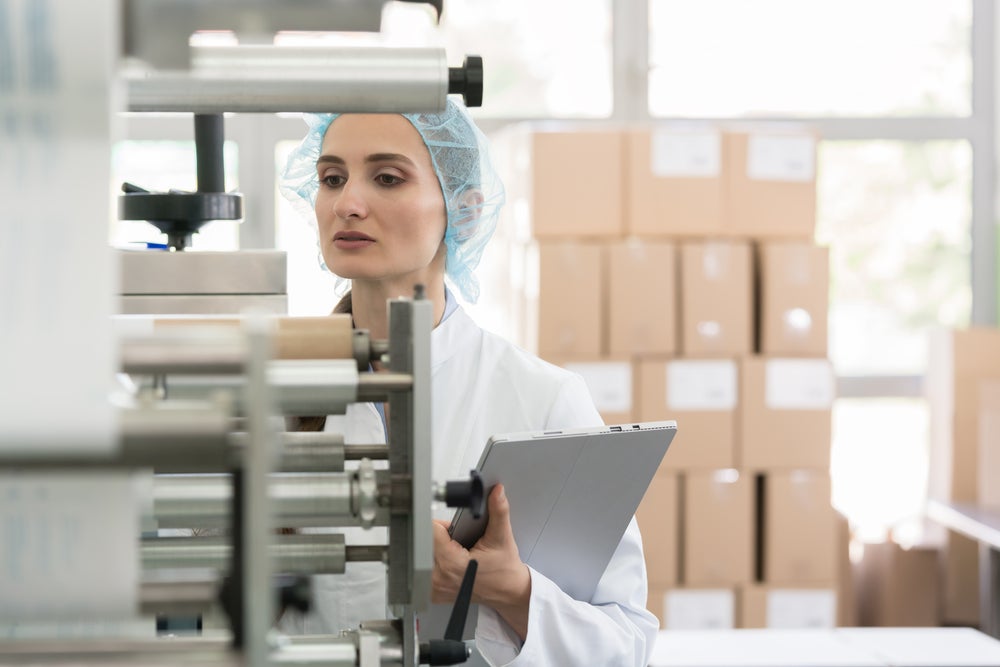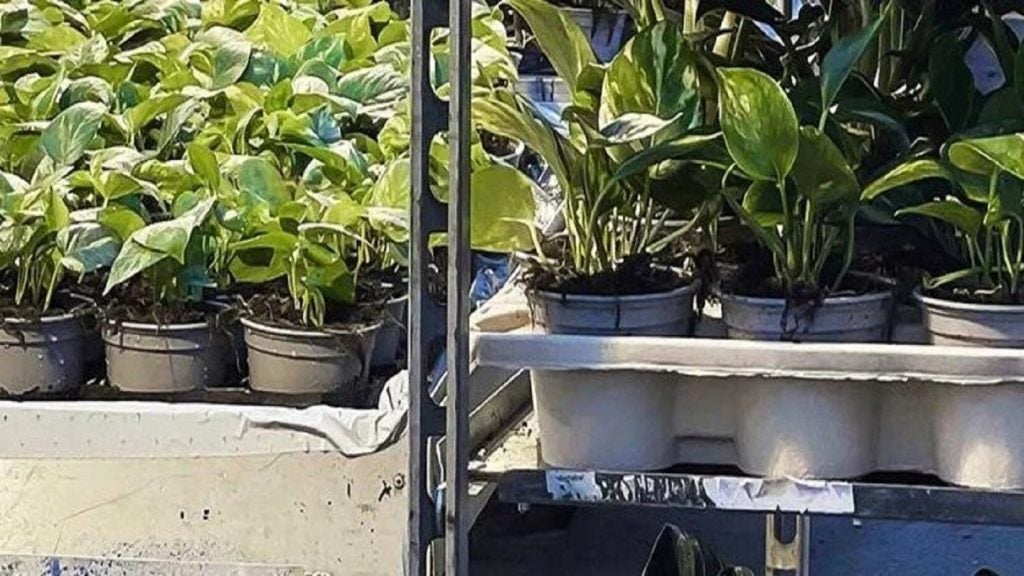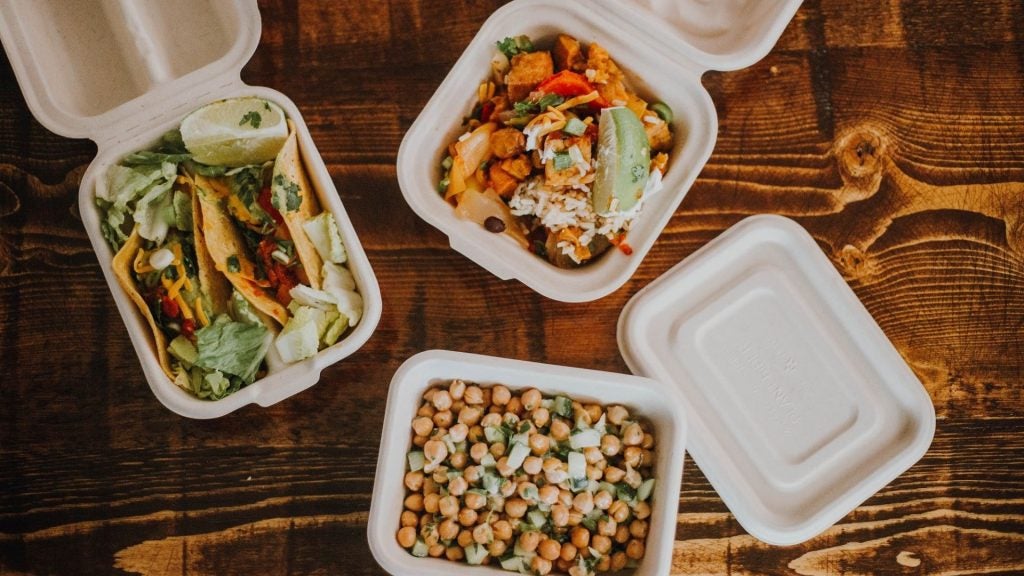Researchers from SINTEF Materials and Chemistry have developed four packaging prototypes made of polyactic acid (PLA) and bio-polyethylene terephthalate (PET), as part of an EU project.
The NanoBarrier project aims to develop plant-based bio-plastic packaging that extends the shelf-life of food and indicates when it is no longer fit to eat.
Besides Norway-based SINTEF, 15 research partners from ten countries have worked on the project.
During the research, Portuguese company Logoplaste developed a blow-moulded bottle, while Greece-based Argo designed a pot to hold seafood.
One of the project’s developments is a three-layer coating containing a cellulose-based film, which is sandwiched by two biodegradable oxygen barriers.
See Also:
The coating can be used in the same way as the rigid plastic currently used for bowls.
How well do you really know your competitors?
Access the most comprehensive Company Profiles on the market, powered by GlobalData. Save hours of research. Gain competitive edge.

Thank you!
Your download email will arrive shortly
Not ready to buy yet? Download a free sample
We are confident about the unique quality of our Company Profiles. However, we want you to make the most beneficial decision for your business, so we offer a free sample that you can download by submitting the below form
By GlobalDataAnother NanoBarrier prototype is a blow-moulded film, which is essentially plastic foil similar to that used to make plastic bags and oxygen-protective coverings for plates.
SINTEF Materials and Chemistry senior research scientist Åge Gellein Larsen was quoted by Gemini as saying: "The packaging is made of biopolymers to which we have added nanoparticle components.
"This provides the packaging with new and improved food preservation properties.
"It is designed mainly to protect the contents from their surroundings and thus extend shelf life. We achieve this by means of improved oxygen barriers.
"Standard plastic packaging allows the entry of air, which places restrictions on shelf life. Moreover, the new approach considerably reduces the carbon footprint."
The researchers also developed sensors that can detect whether the temperature of food has become too high or if a product has soured.
However, the sensors require approval from the food hygiene authorities.






